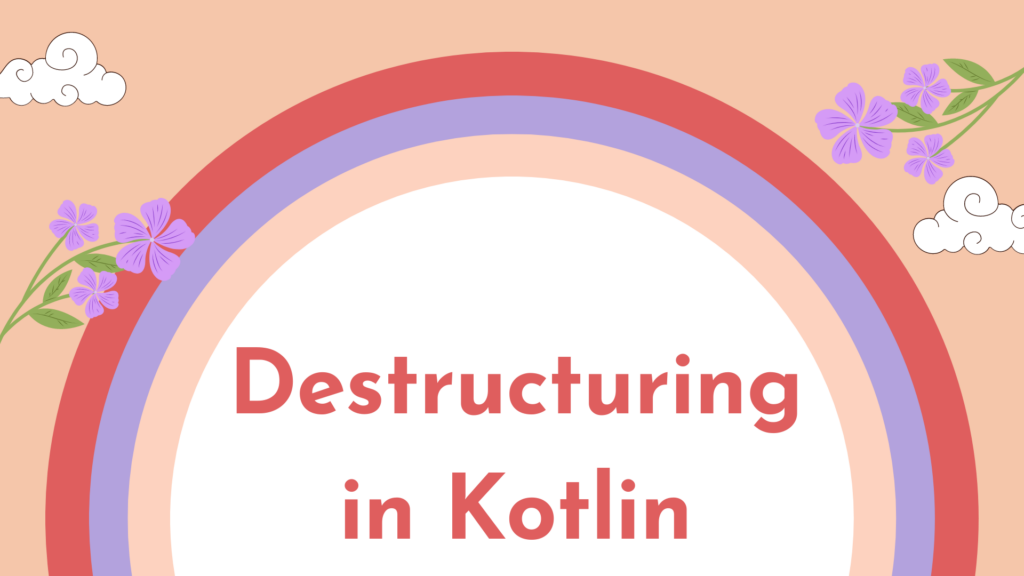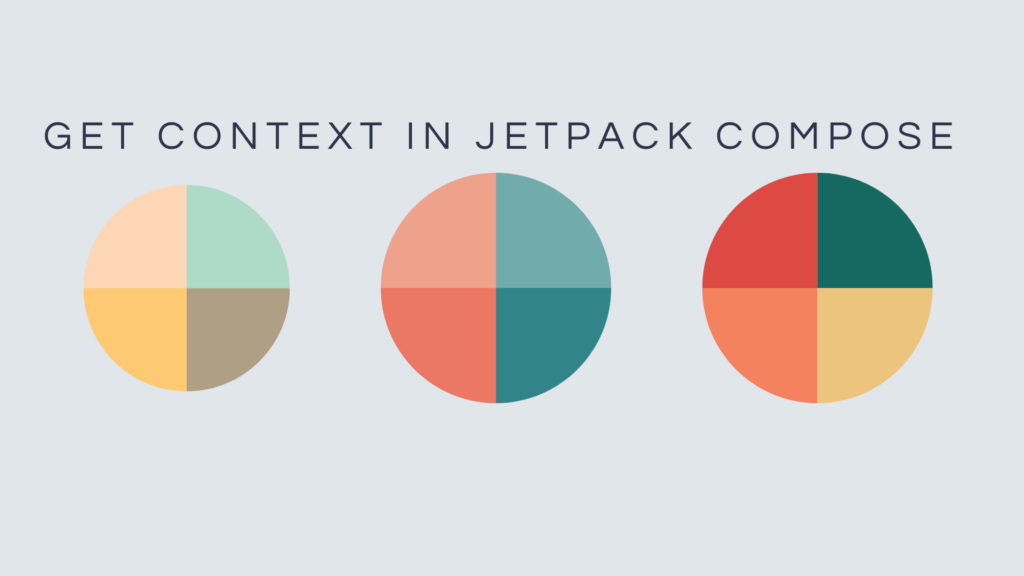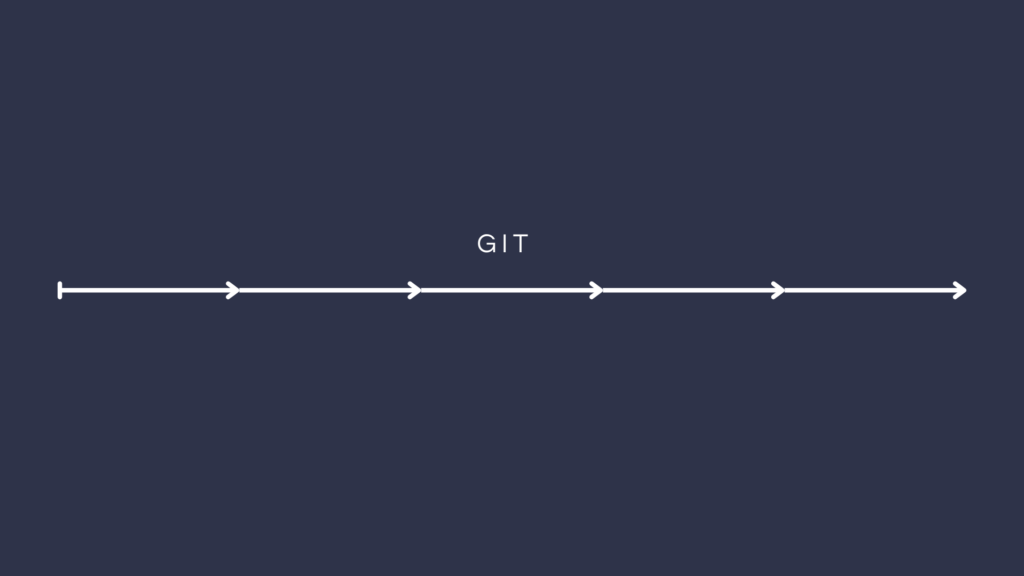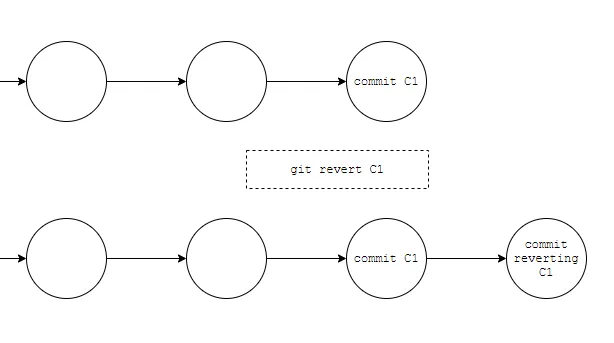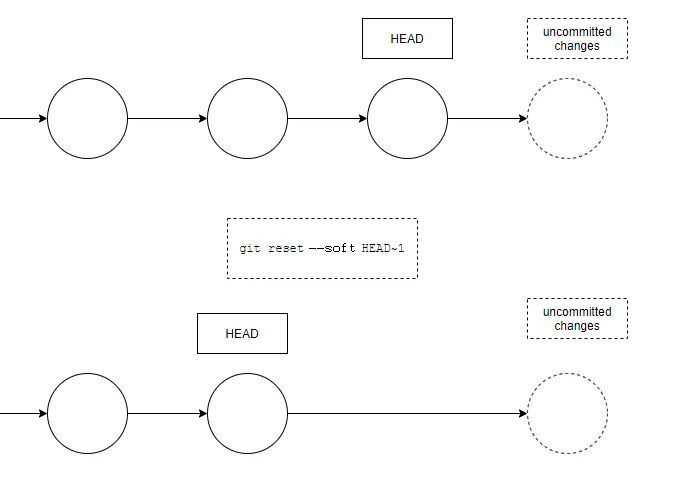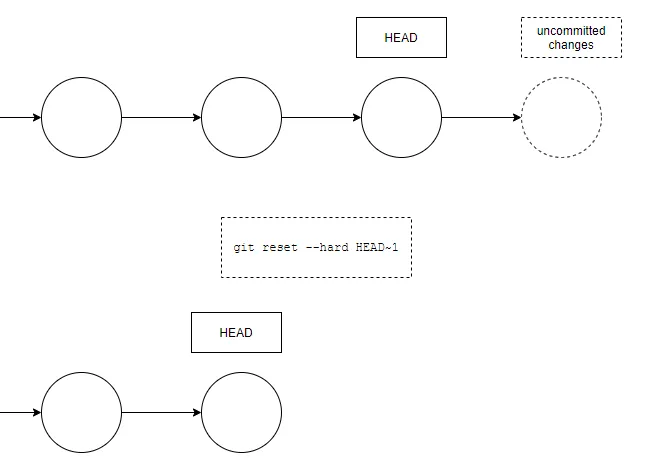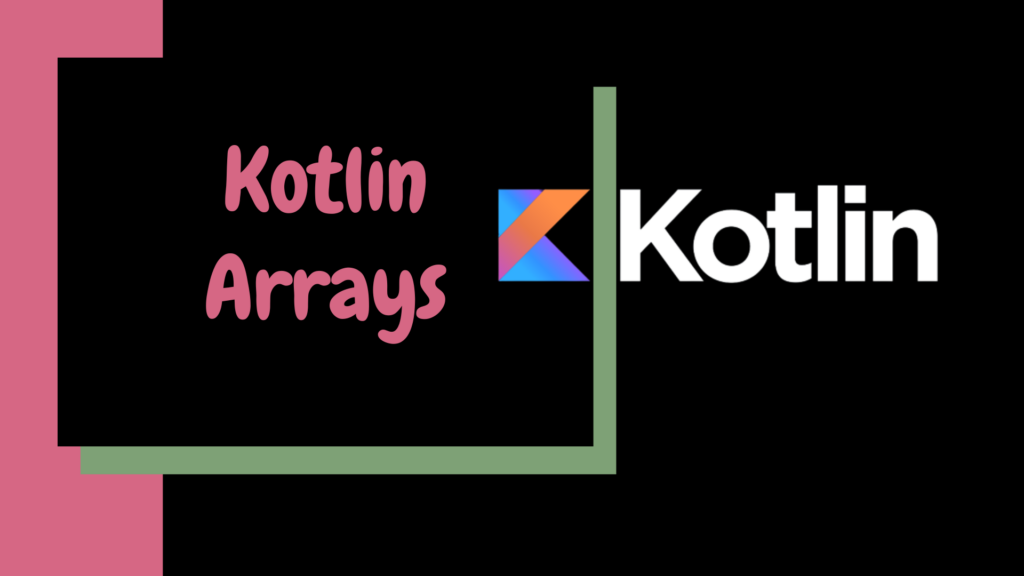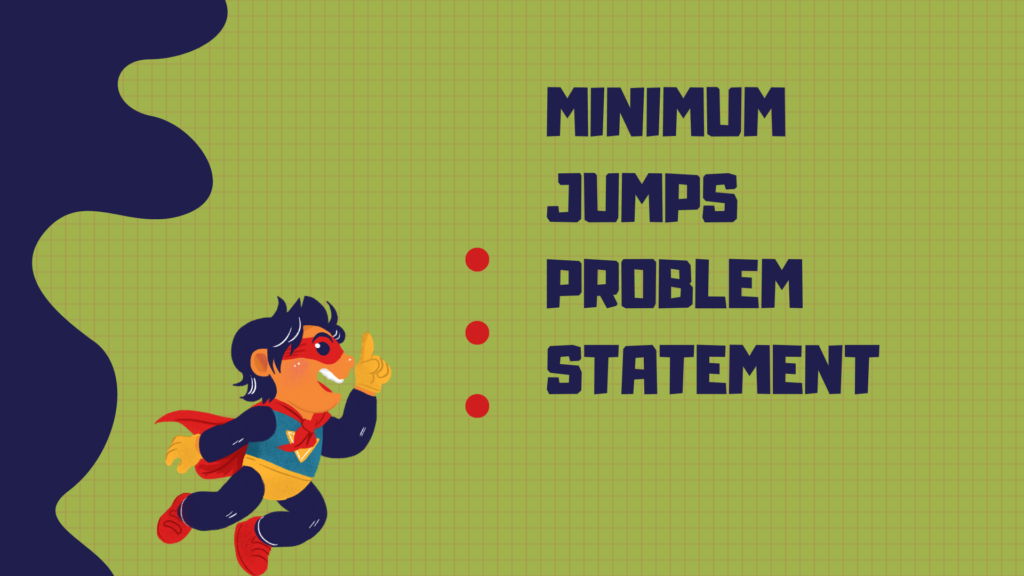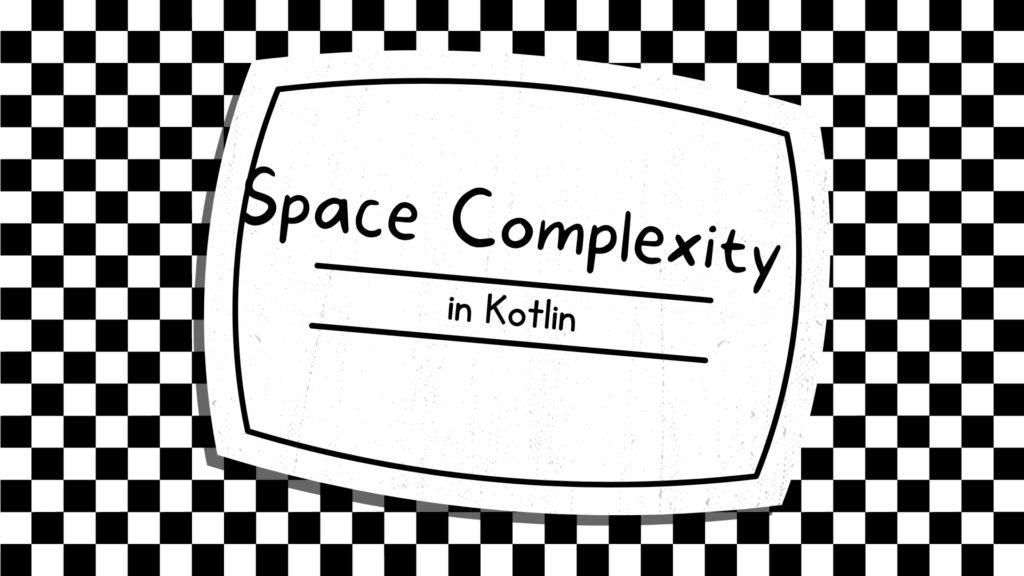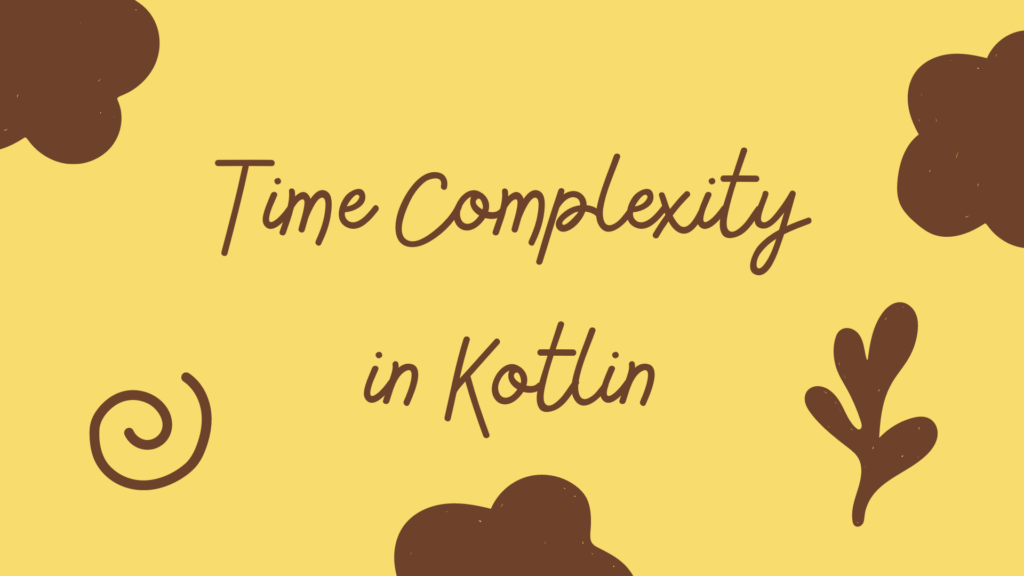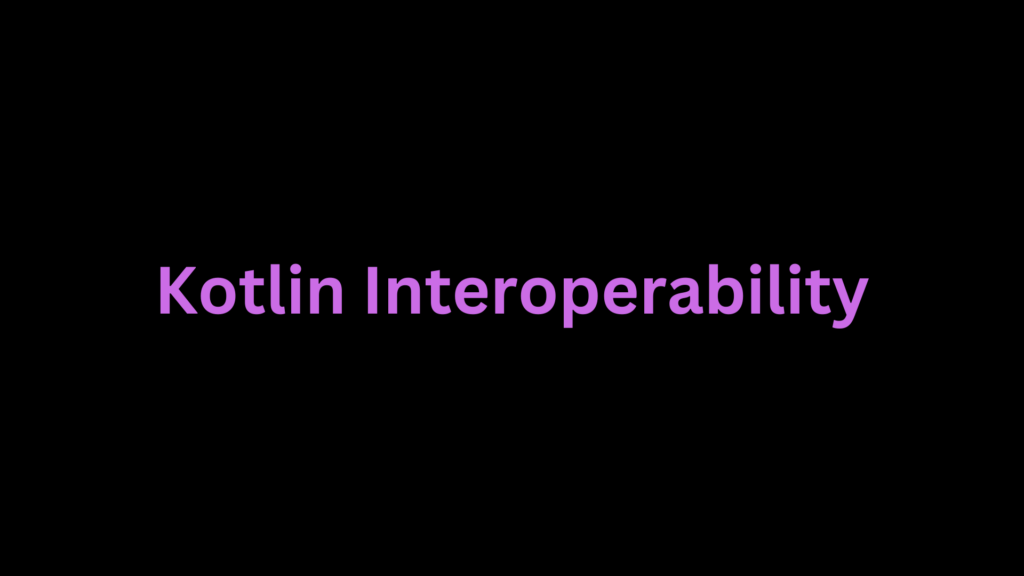Mastering the Dynamic Efficiency of Destructuring in Kotlin: 5 Proven Ways to Boost Code Readability and Productivity

Destructuring in Kotlin is a feature that allows developers to extract values from complex data structures into separate variables. This makes it easier to access individual components of the data, making code more readable and easier to maintain. Destructuring allows developers to efficiently extract values from complex data structures like arrays, lists, maps, and even custom objects. In this blog, we’ll take a closer look at destructuring in Kotlin, exploring its syntax, benefits, and examples of its use.
Syntax of Destructuring in Kotlin
Destructuring in Kotlin is done using a special syntax. To destructure an object, you use the val or var keyword, followed by the names of the variables you want to extract, surrounded by parentheses, and then the object to be destructured. For example:
val (name, age) = User("amol pawar", 22)In the above example, the User object is destructured and the values of the name and age properties are extracted into separate variables with the same names.
Benefits
There are several benefits to using destructuring in Kotlin:
- Code readability: By breaking down complex data structures into separate variables, code becomes easier to read and understand. This can make a big difference when working on large projects with multiple developers.
- Simplifies access to data: Destructuring makes it easier to access individual components of complex data structures, as you no longer need to access them through the object. This can result in less repetitive code and fewer bugs.
- Makes code more concise: Destructuring can help make your code more concise, as you don’t need to write as many lines of code to access the data you need.
Examples
Here are some examples of using destructuring in Kotlin:
Destructuring data classes
One common use case for destructuring is with data classes. A data class is a class that is designed to hold data, and it’s often used to store information like user data, payment information, and more. Here’s an example of destructuring a data class in Kotlin:
data class User(val name: String, val age: Int)
fun main() {
val user = User("amol pawar", 22)
val (name, age) = user
println("Name: $name, Age: $age")
}In this example, the User data class has two properties name and age. When the User object is destructured, the values of name and age are extracted into separate variables with the same names. The resulting output is: Name: amol pawar, Age: 22
Destructuring maps
Another common use case for destructuring is with maps. A map is a collection of key-value pairs, and destructuring makes it easier to access individual elements of the map. Here’s an example of destructuring a map in Kotlin:
fun main() {
val map = mapOf("Key1" to 1, "Key2" to 2, "Key3" to 3)
for ((key, value) in map) {
println("Key: $key, Value: $value")
}
}In this example, the values from the map are destructured in a loop and the key and value are extracted into separate variables for each iteration. The resulting output is:
Key: Key1, Value: 1
Key: Key2, Value: 2
Key: Key3, Value: 3Conclusion
Destructuring in Kotlin is a powerful feature that enhances the readability and expressiveness of code. It simplifies the extraction of values from data structures, making code more concise and natural. Whether working with standard collections or custom objects, destructuring declarations provide a clean and efficient way to handle complex data in Kotlin.
By leveraging destructuring, Kotlin developers can write more elegant and maintainable code, ultimately contributing to a more enjoyable and productive development experience. As you continue to explore Kotlin, consider integrating destructuring into your coding arsenal for cleaner and more expressive solutions.

